Journal: Explained - Editing vs Retouching
You will often hear the terms ‘editing’ and ‘retouching’ being thrown about a lot in the food photography world. Often though, there’s not a lot clarification on what they mean. So what is the difference between editing and retouching?
Editing:
Editing makes up for roughly 60% of the food photography post-production work that I carry out. A typical edit will involve cropping, re-cropping to a client’s specified ratio, frame straightening, and a basic grade; which includes, tweaking exposure, colour temperature, tint levels, colour balance levels, contrast, lens adjustments, as well as adjusting highlight and shadow details.
This standard level of food photography editing can take anywhere from 30 seconds through to 120 seconds - depending on the complexity of the scene that we’re shooting in. When supplying larger quantities of on-location storytelling content, or at restaurant photography shoots, this equates anywhere from 1 to 3 hours.
See the below artboard for examples of unedited and edited food photography content.
Retouching:
This is a continuation from the editing workflow but has a far higher level of detail - targeted at my commercial food photography work where the usage is typically for large format campaigns.
The content is processed via Photoshop as a RAW file and has the above editing items applied. In addition to that each image has been checked and retouched for scuffs and blemishes. It also includes advanced hand drawn shadow/highlight details being excsuenuated, with smoothing applied.
For each of the examples below, each final food photography image was made complex compositing via plates - pulling together different images, custom masks, and hand drawn layers such as covering over reflections that would have been un-avoidable when capturing the content with the camera.
This level of editing can take from 5 minutes to two-hour dependant on the complexity of retouching required for the finished food photography content.
See the below art-board for examples of RAW and retouched food photography images.
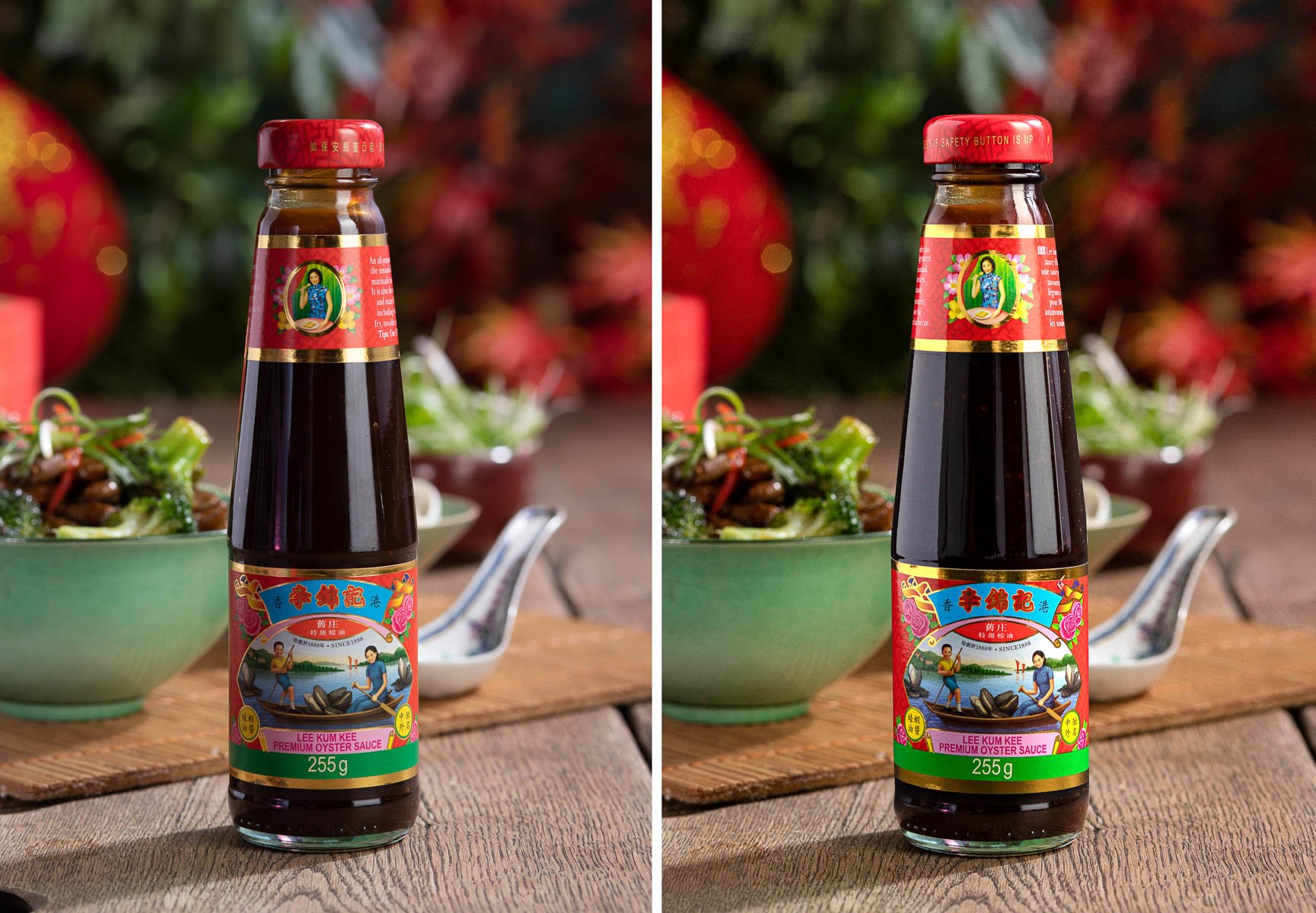
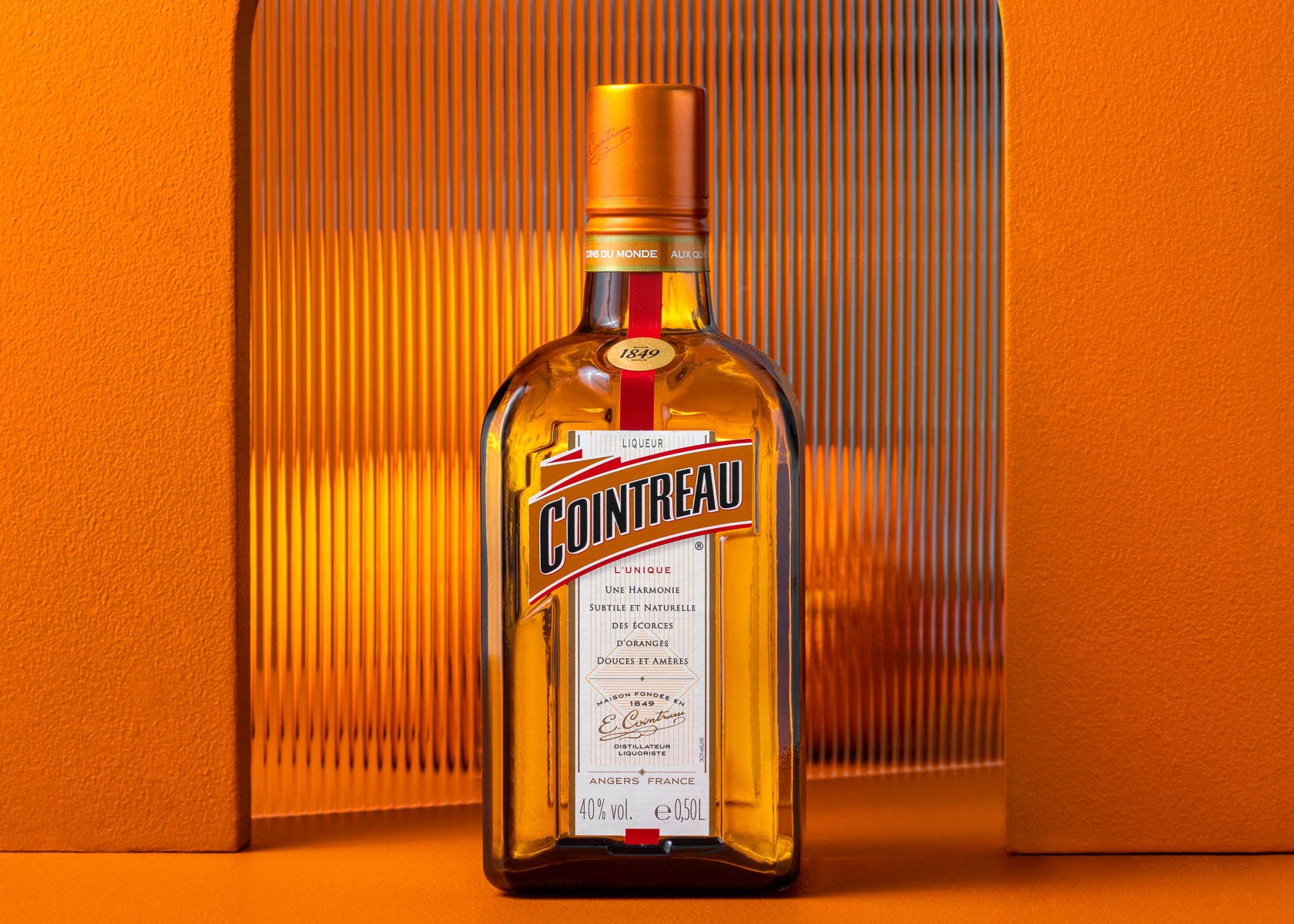
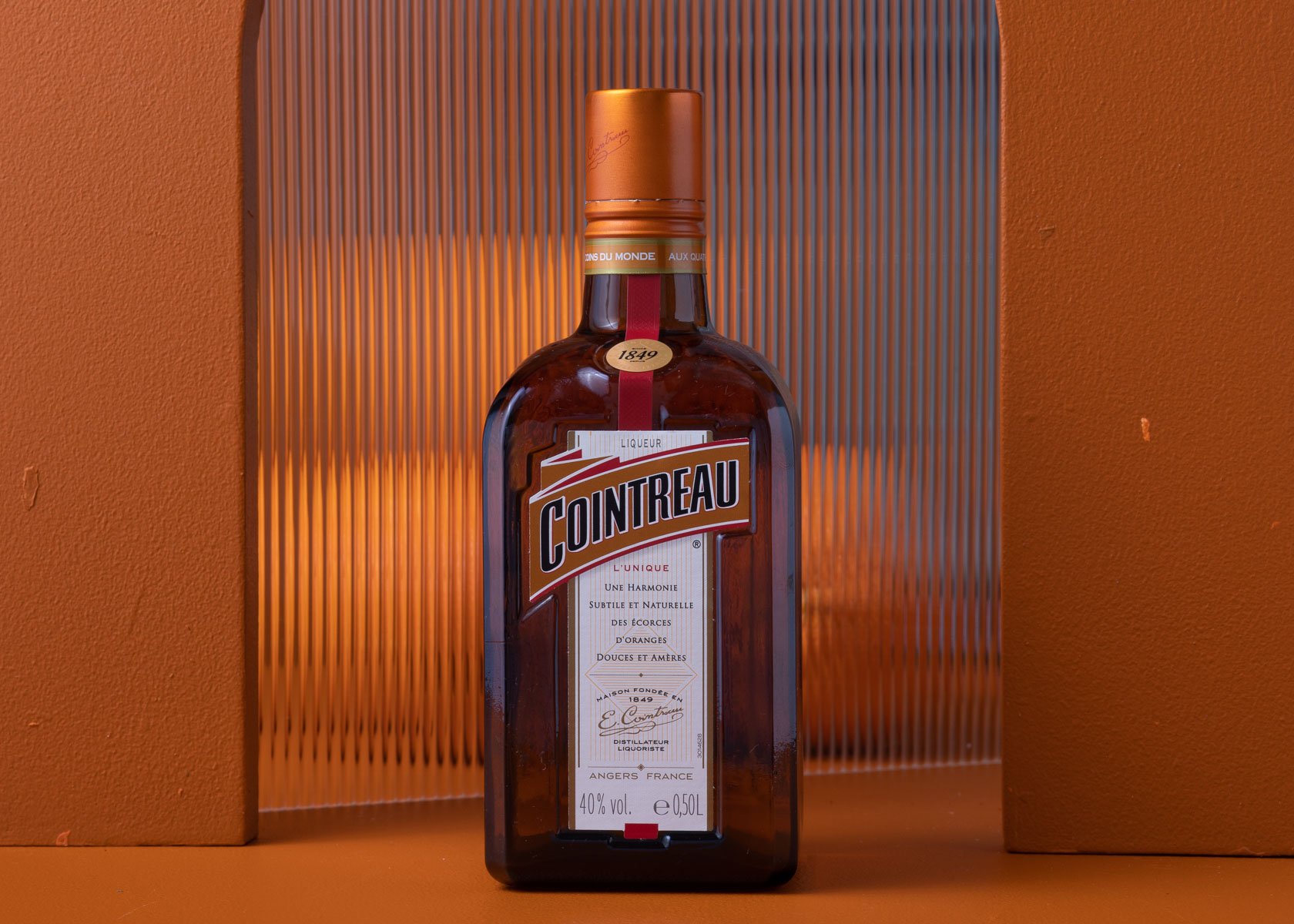

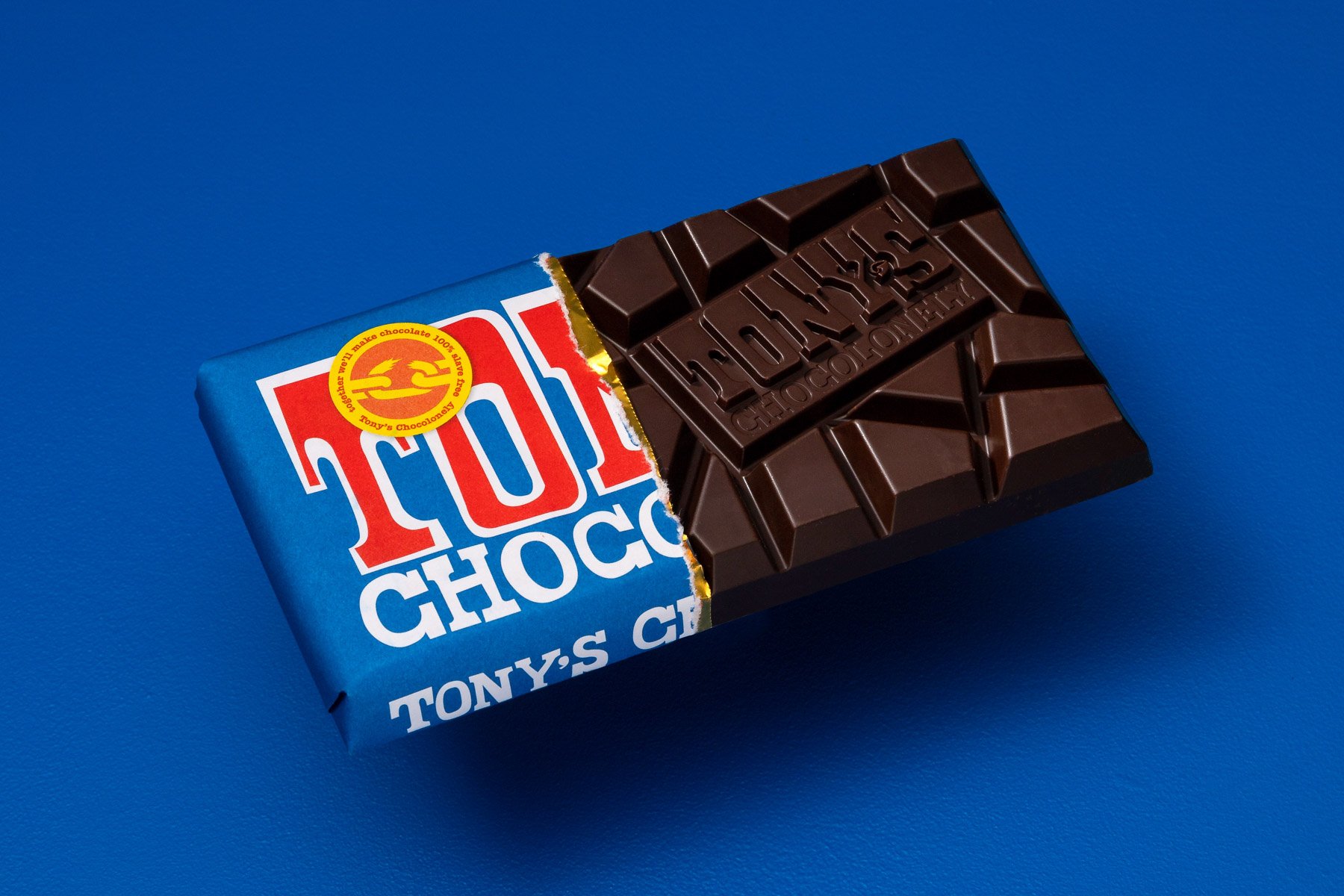
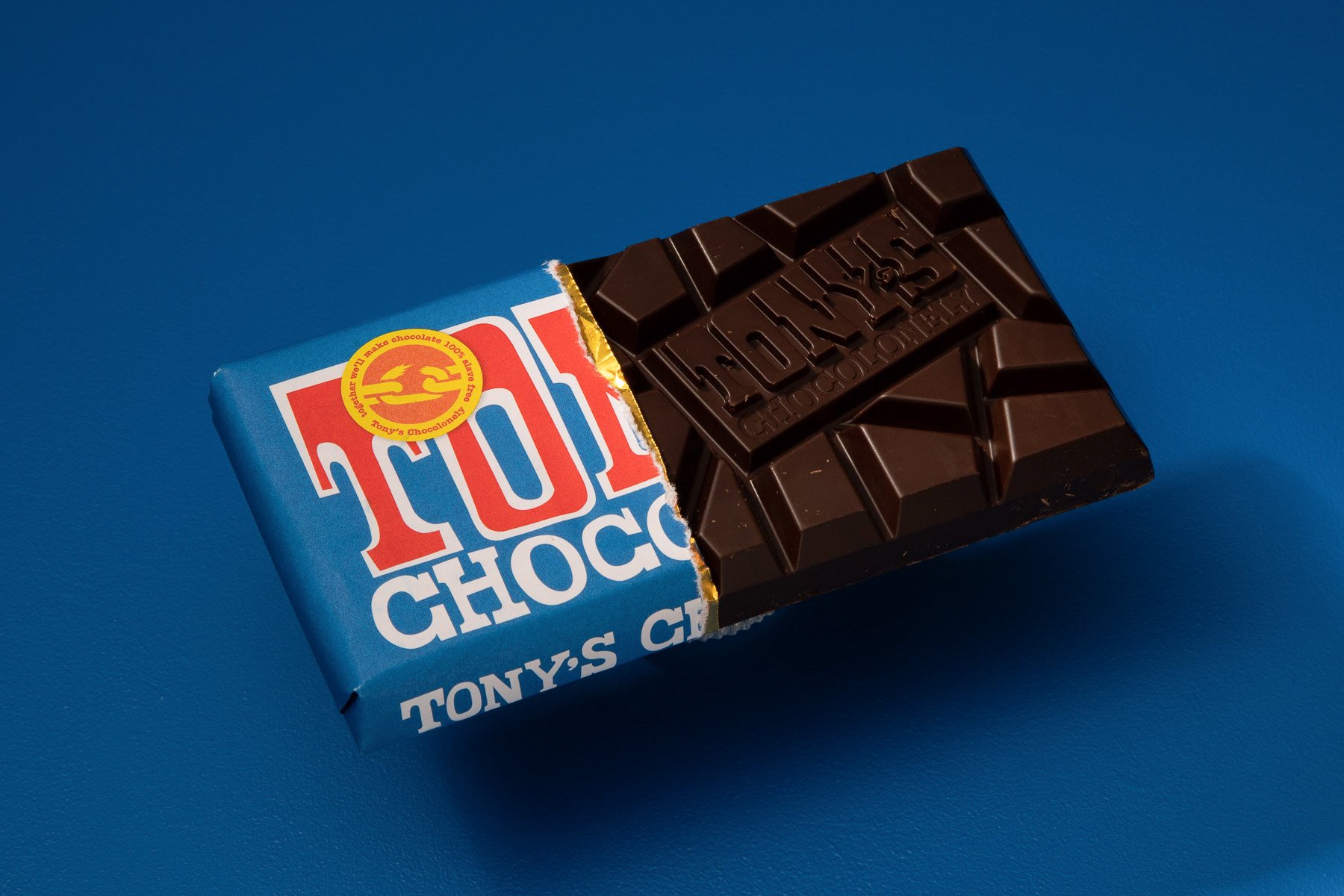
For most of my food photography work, images just require editing and a little clean-up of scuffs and blemishes. For commercials, where the images may be used in large format, I’ll always quote for retouching to be able to produce more visually complex food photography.
I hope this has been a helpful blog article and has added clarity to what the differences are between editing and retouching. If you have any more questions about this, please get in touch.


